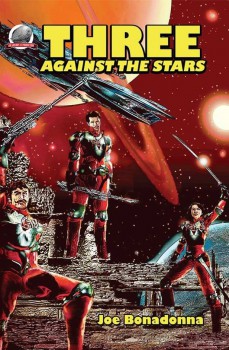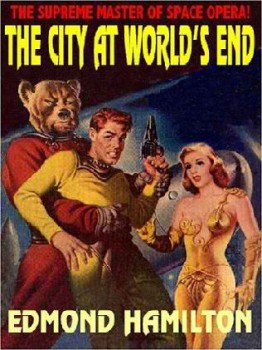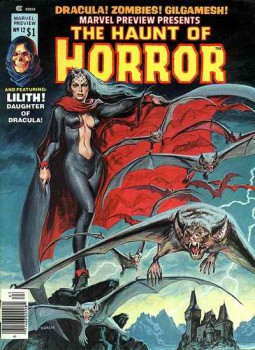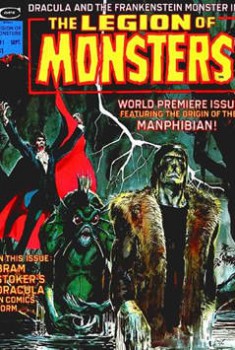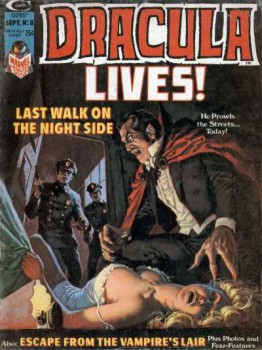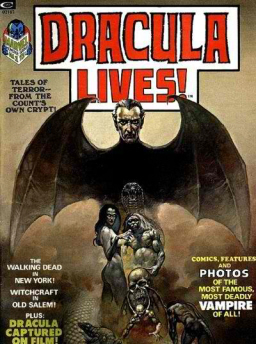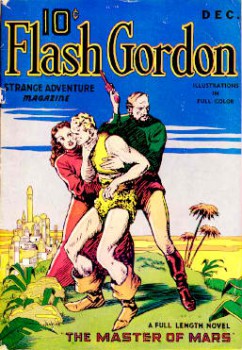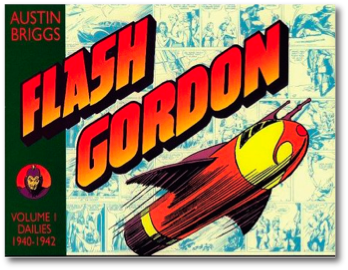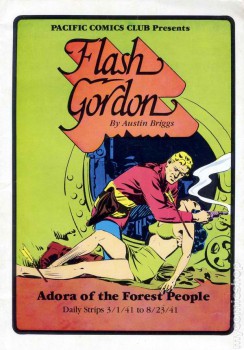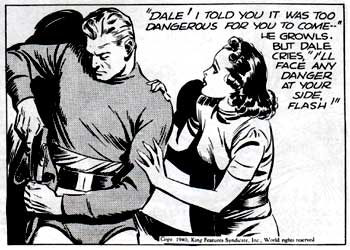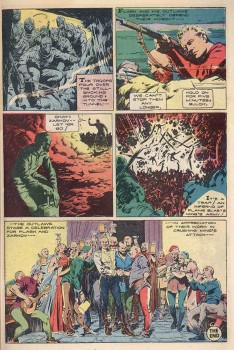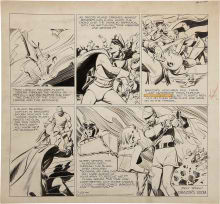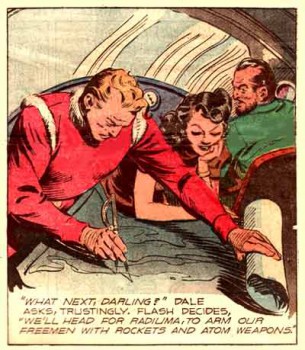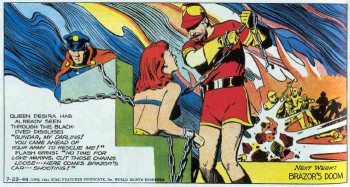Blogging Austin Briggs’ Flash Gordon – Part Eleven, “Kang the Cruel” / “The Skymen”
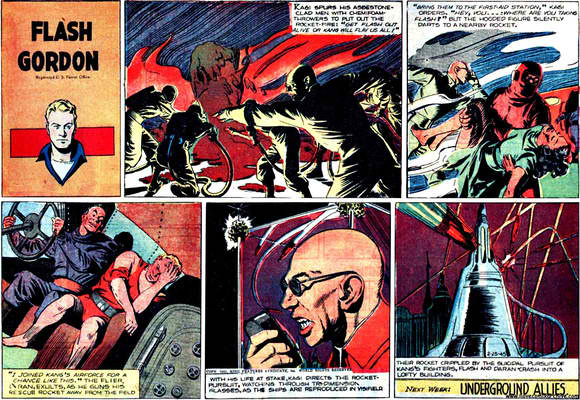
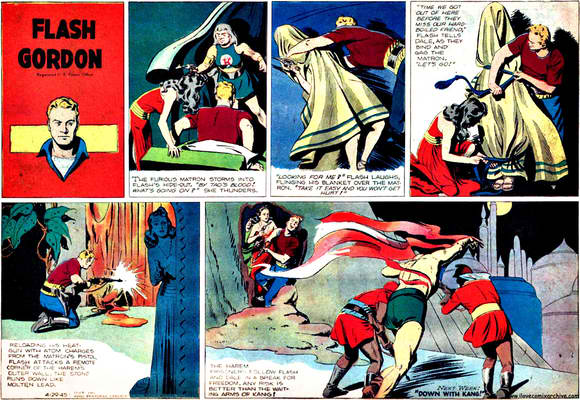 “Kang the Cruel” was the twenty-third installment of the Flash Gordon Sunday comic strip serial for King Features Syndicate. Originally published between February 11 and May 20, 1945, “Kang the Cruel” was the first strip without the story input of creator Alex Raymond. It was illustrated by Austin Briggs, who had succeeded Raymond as the strip’s artist the previous year, and was scripted by Don Moore.
“Kang the Cruel” was the twenty-third installment of the Flash Gordon Sunday comic strip serial for King Features Syndicate. Originally published between February 11 and May 20, 1945, “Kang the Cruel” was the first strip without the story input of creator Alex Raymond. It was illustrated by Austin Briggs, who had succeeded Raymond as the strip’s artist the previous year, and was scripted by Don Moore.
The story gets off to a strong start with Flash, Dale, and Dr. Zarkov returning to Mingo City unaware that Prince Barin has been deposed and a usurper sits on the throne. The usurper is Kang the Cruel, the son of Ming the Merciless. This is a strong concept in the classic tradition. The only disappointment is that Austin Briggs’ artwork pales in comparison with Alex Raymond.
Zarkov’s rocketship is shot down by an air patrol led by Kagi, Kang’s lieutenant. Firefighters rush to the crash site as Kang has given orders the Earthmen are to be taken alive. Flash is spirited away by Darin, a freedom fighter who has infiltrated Kang’s air patrol. The new emperor proves he is as cruel a despot as his father, ordering the firefighter who allowed Darin to escape to be flayed, sprayed with ice, and then placed in steam until he dies.
